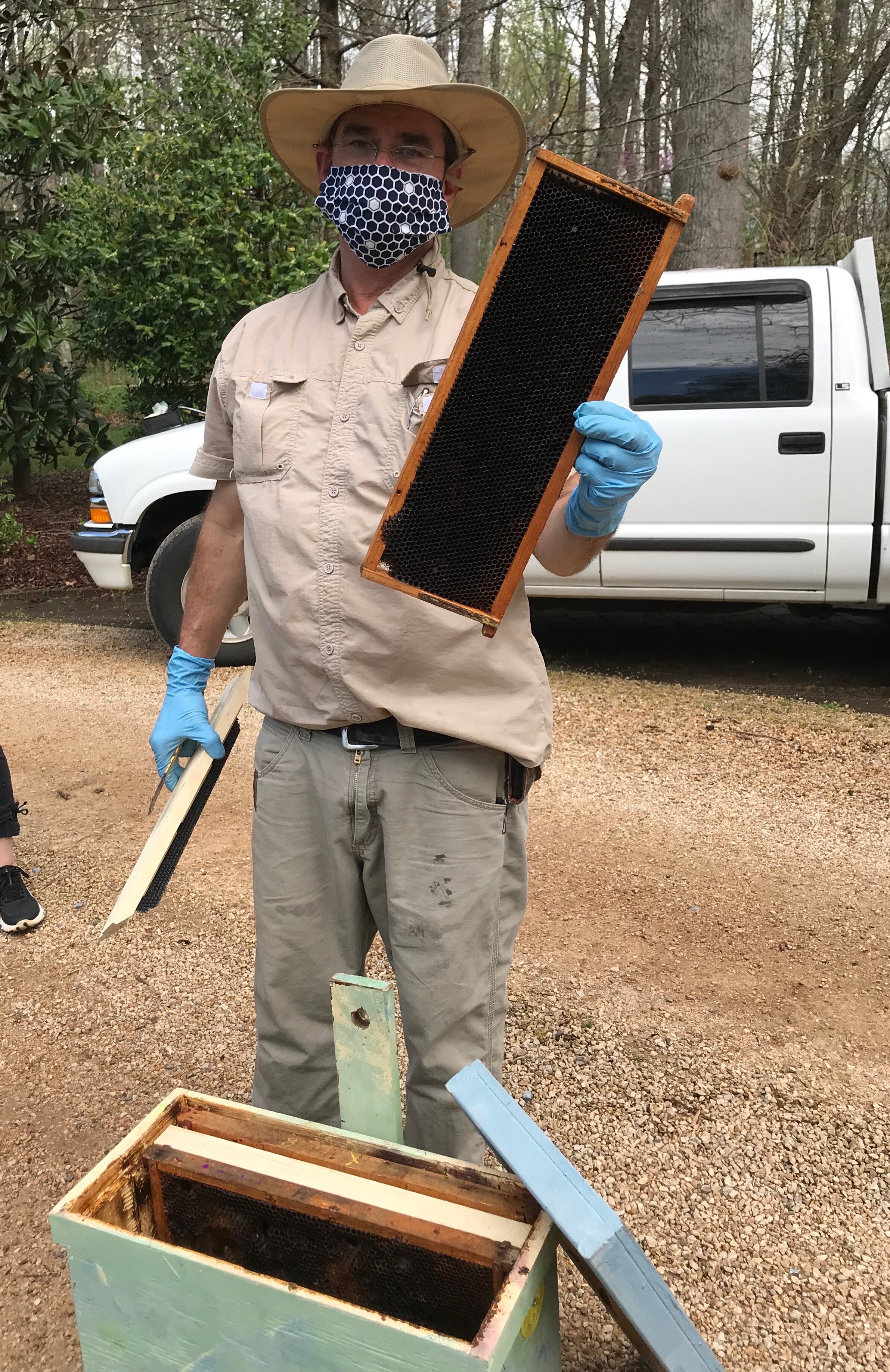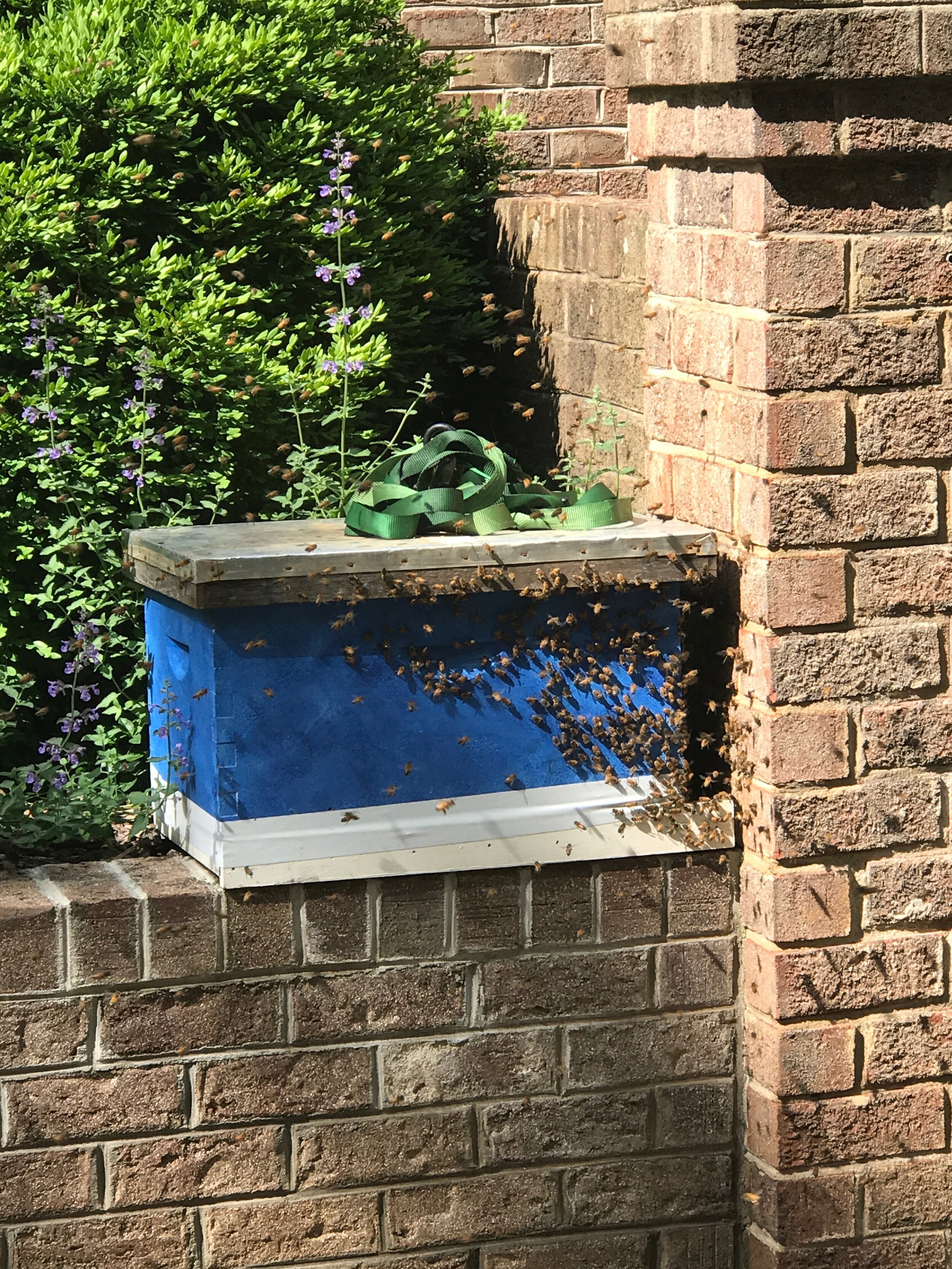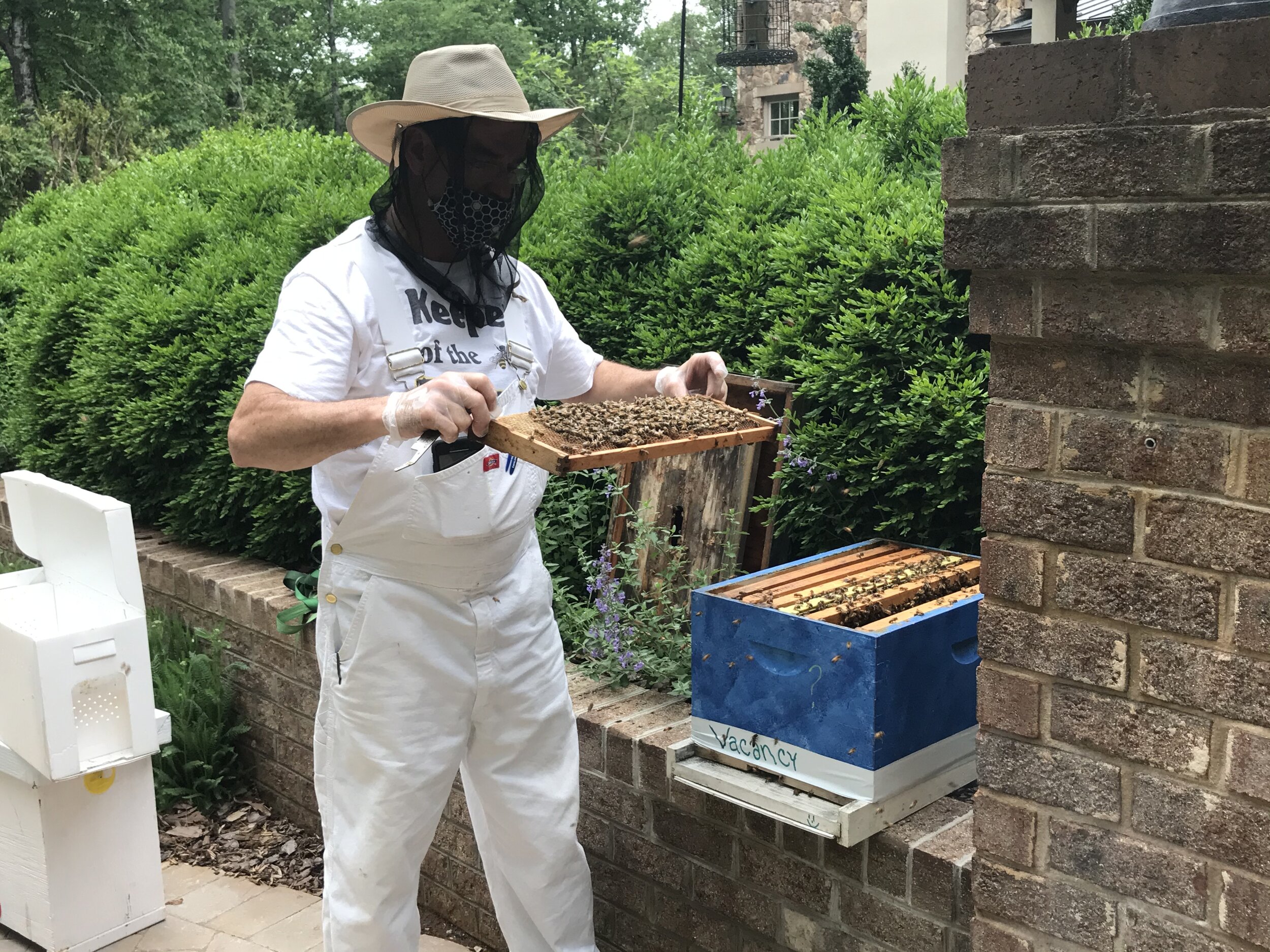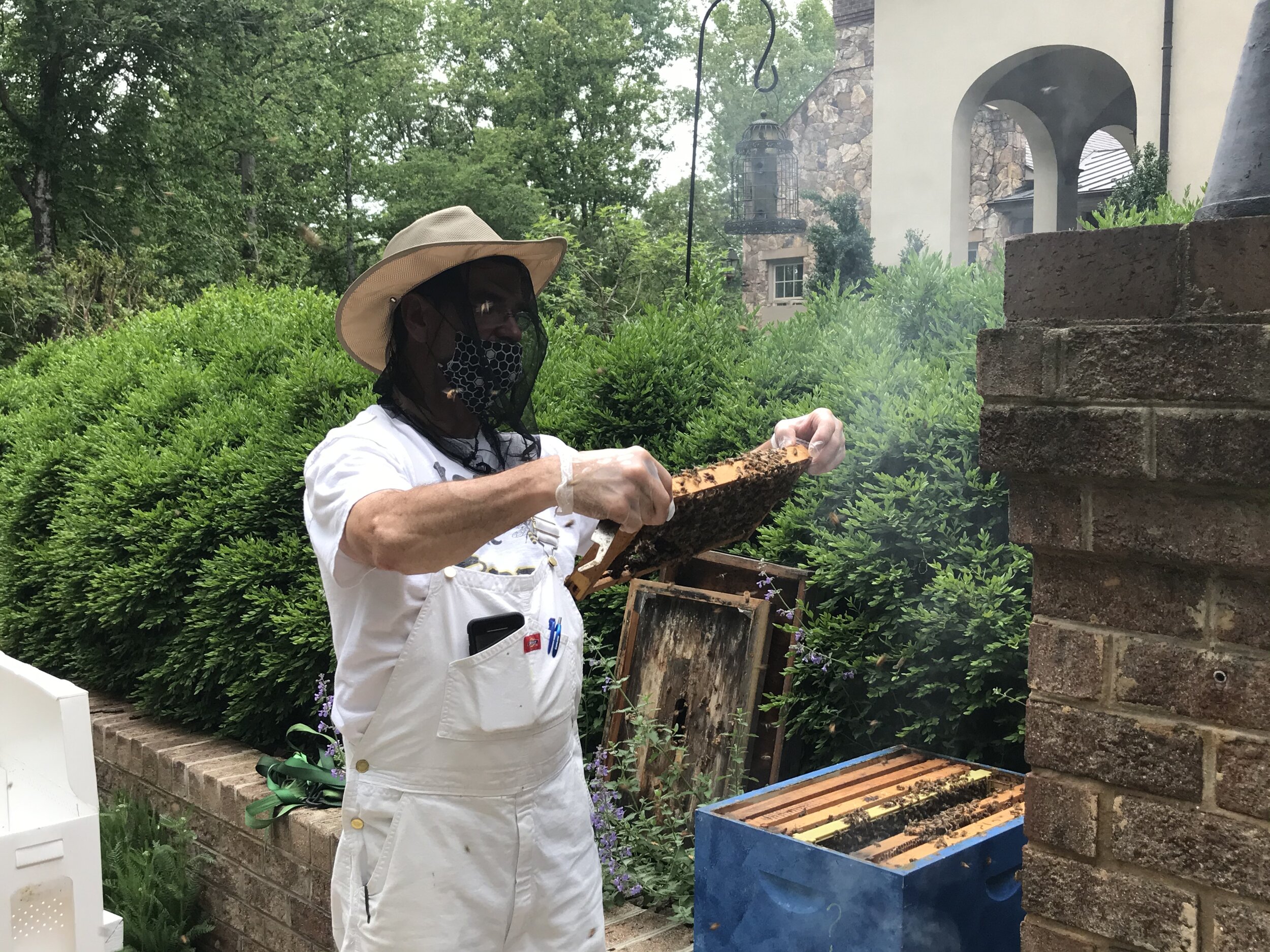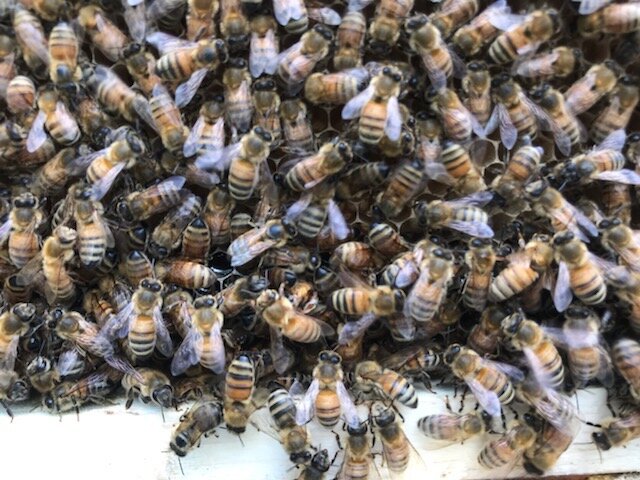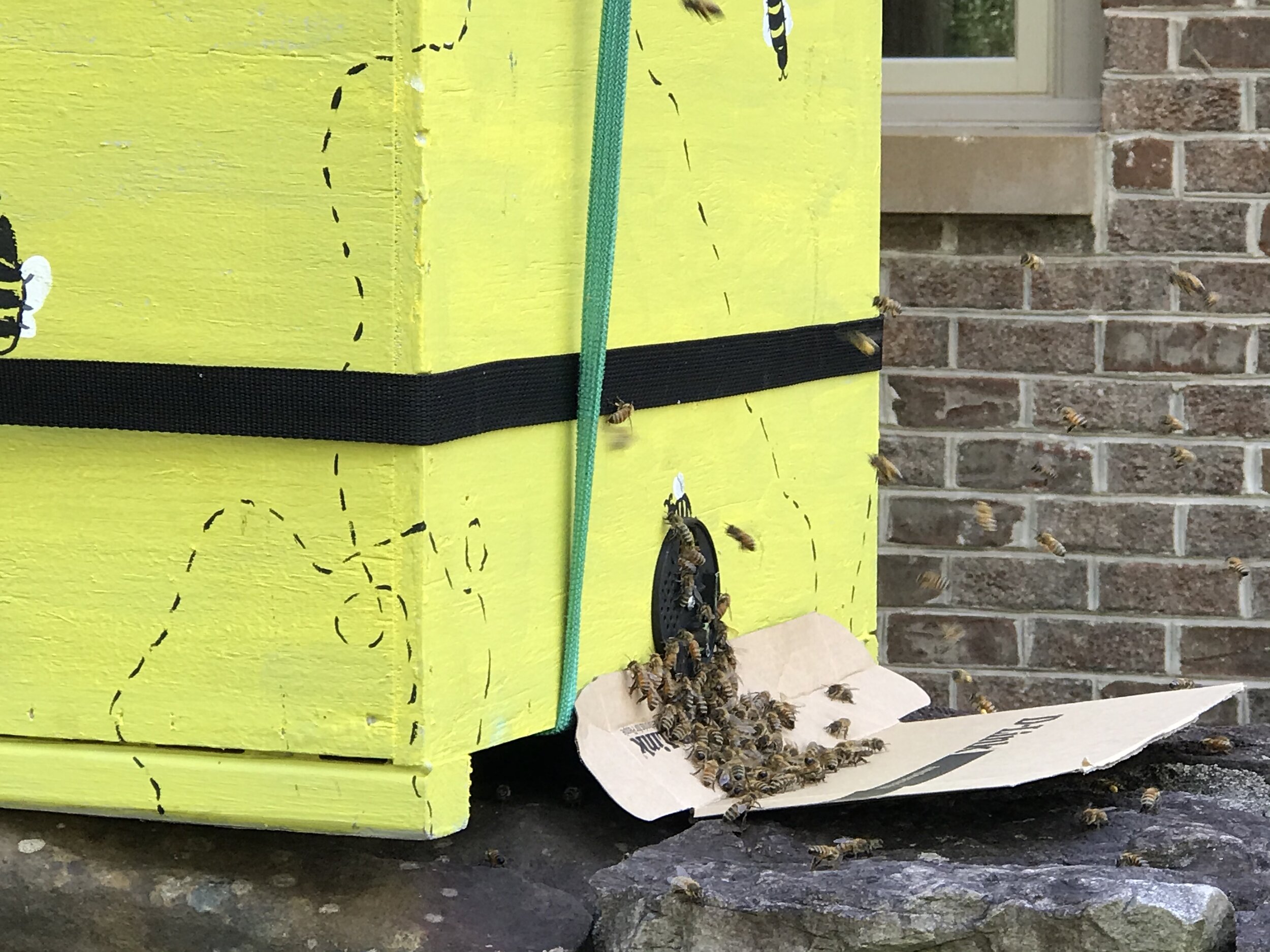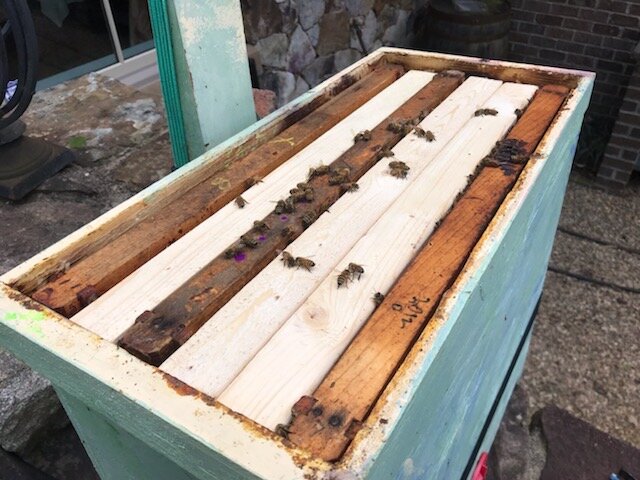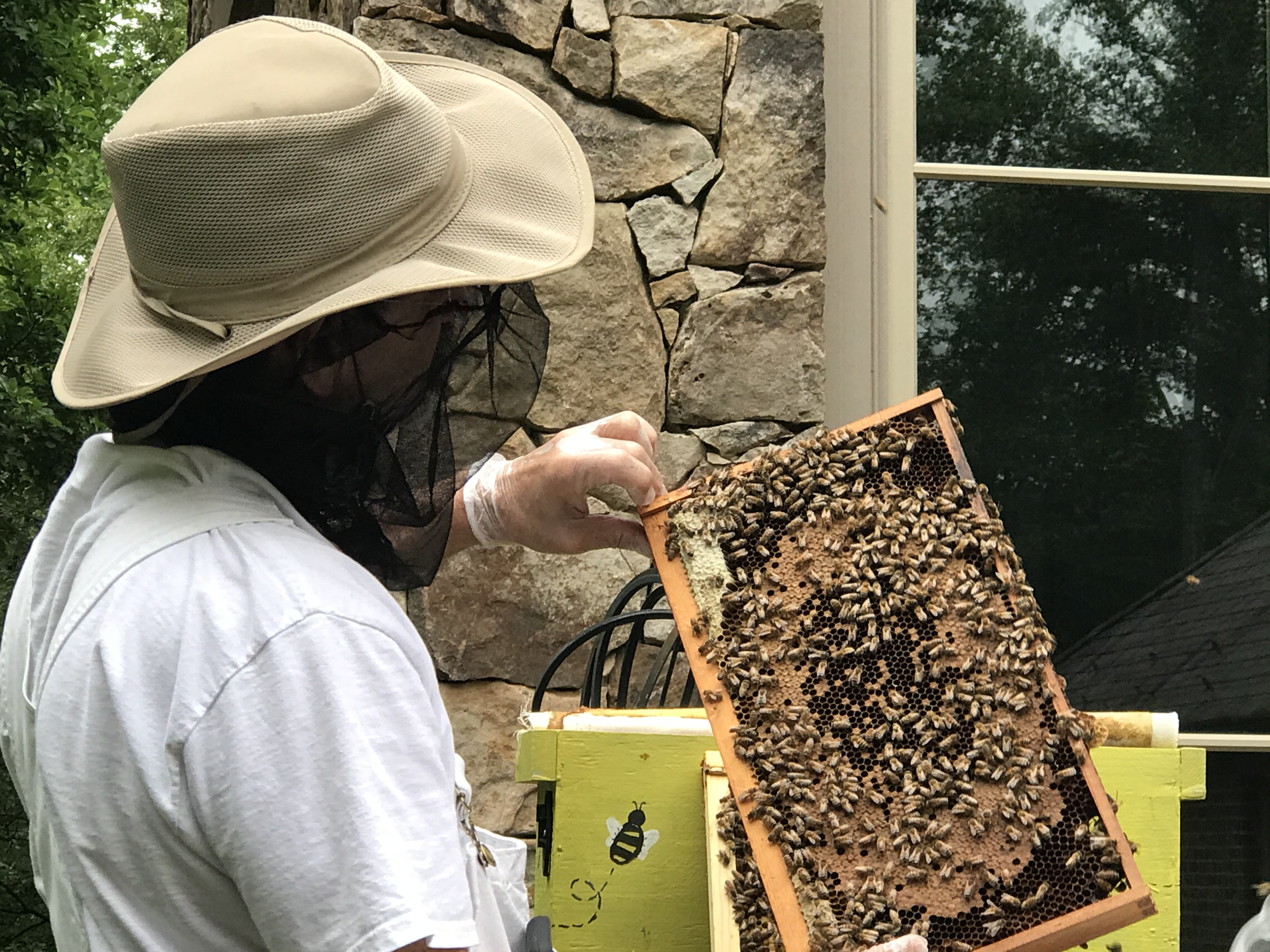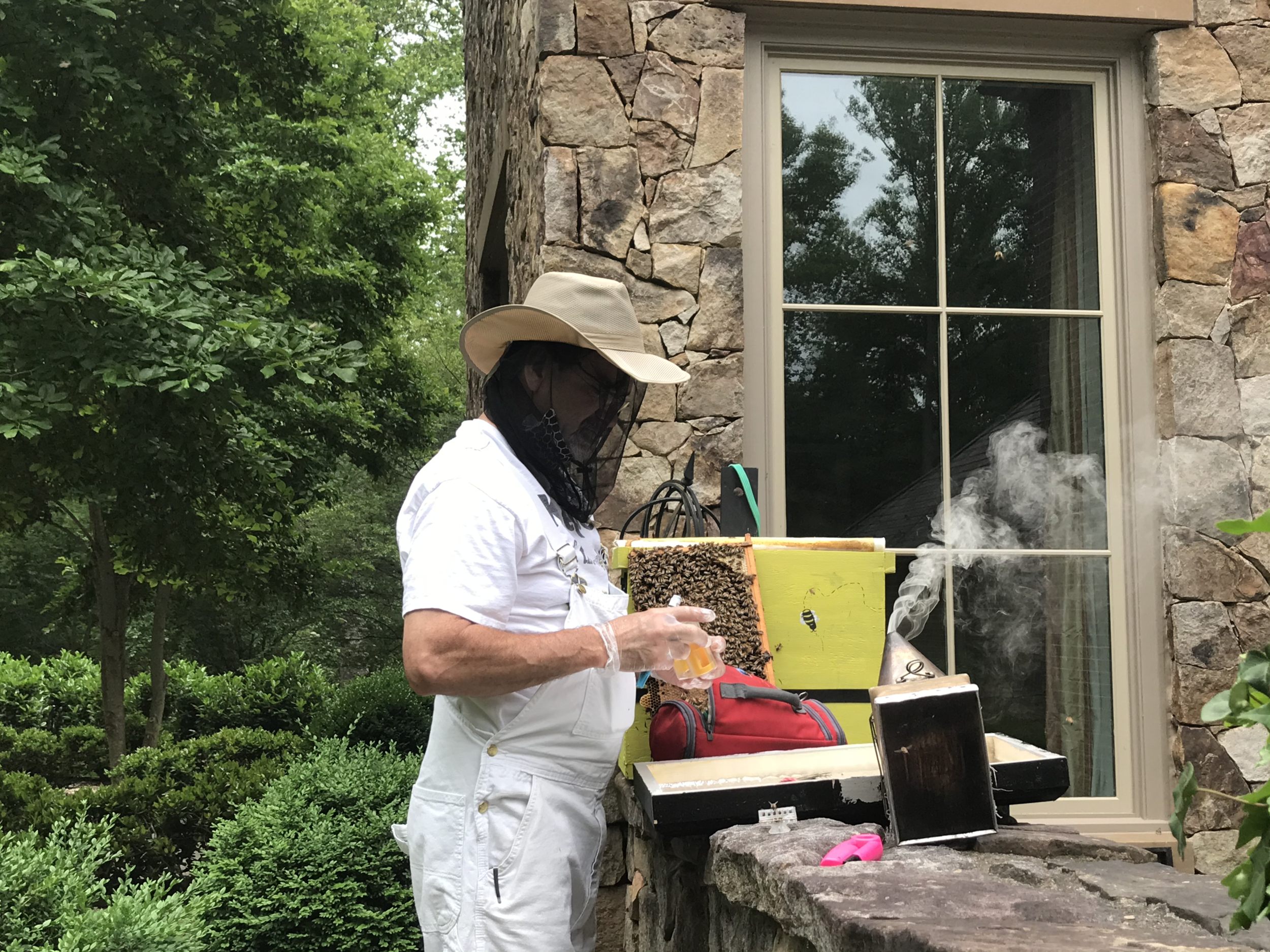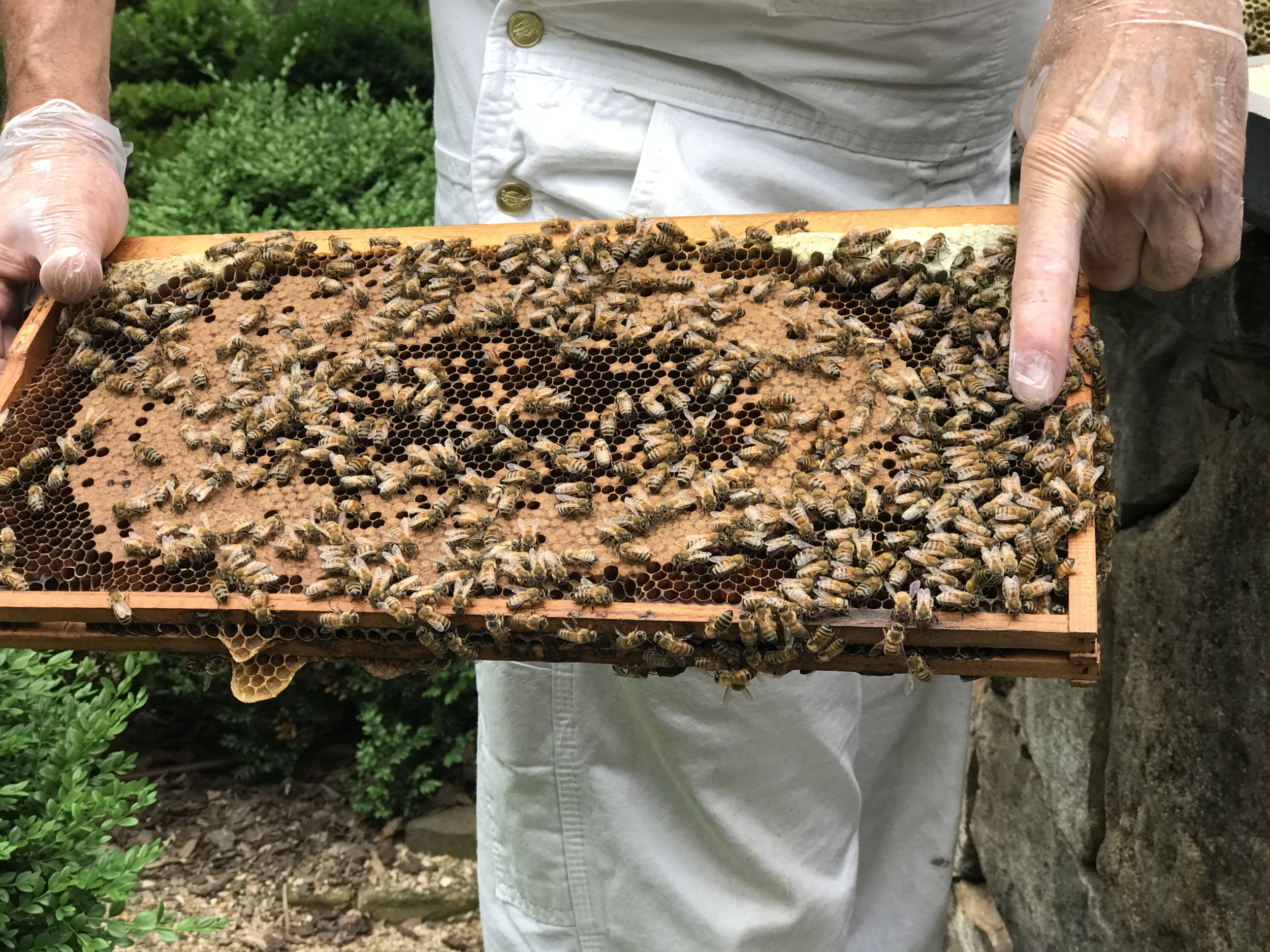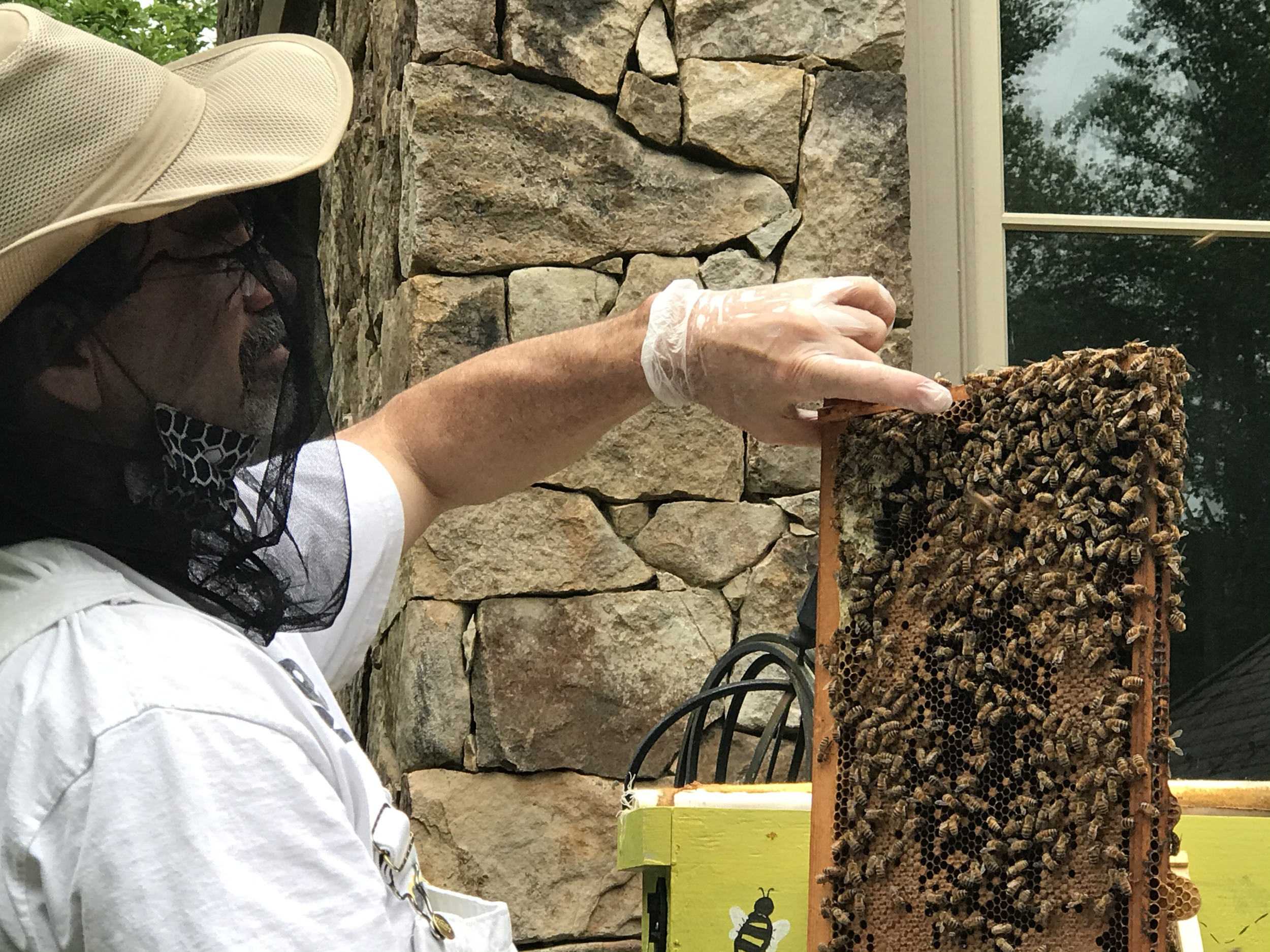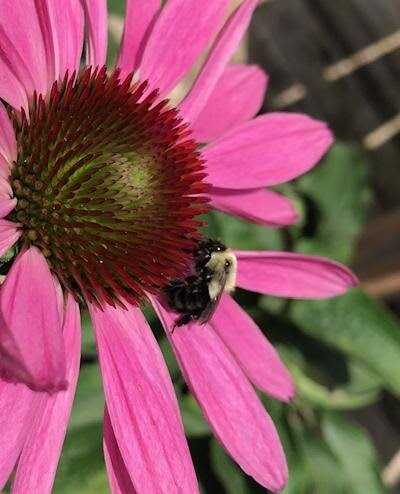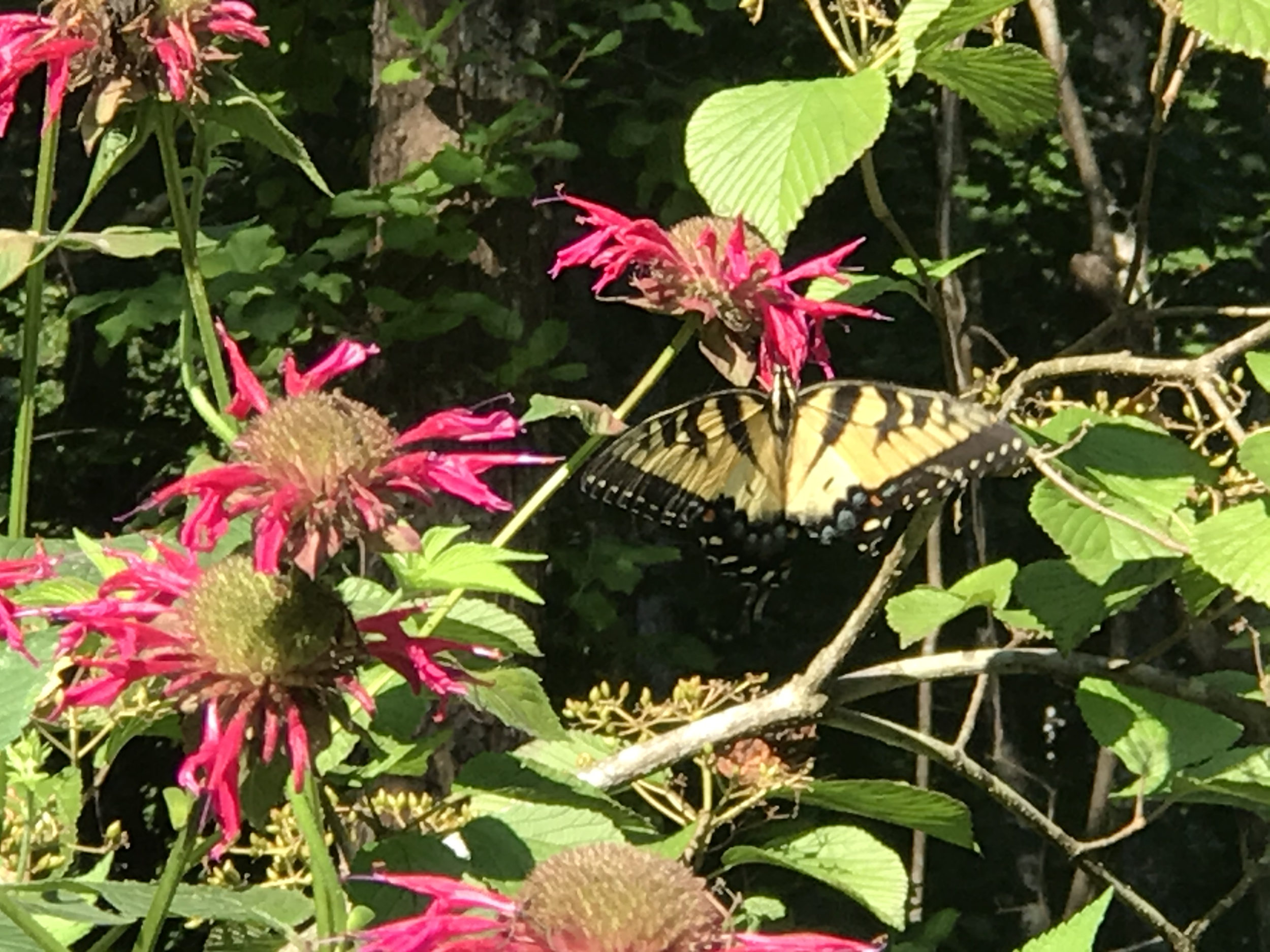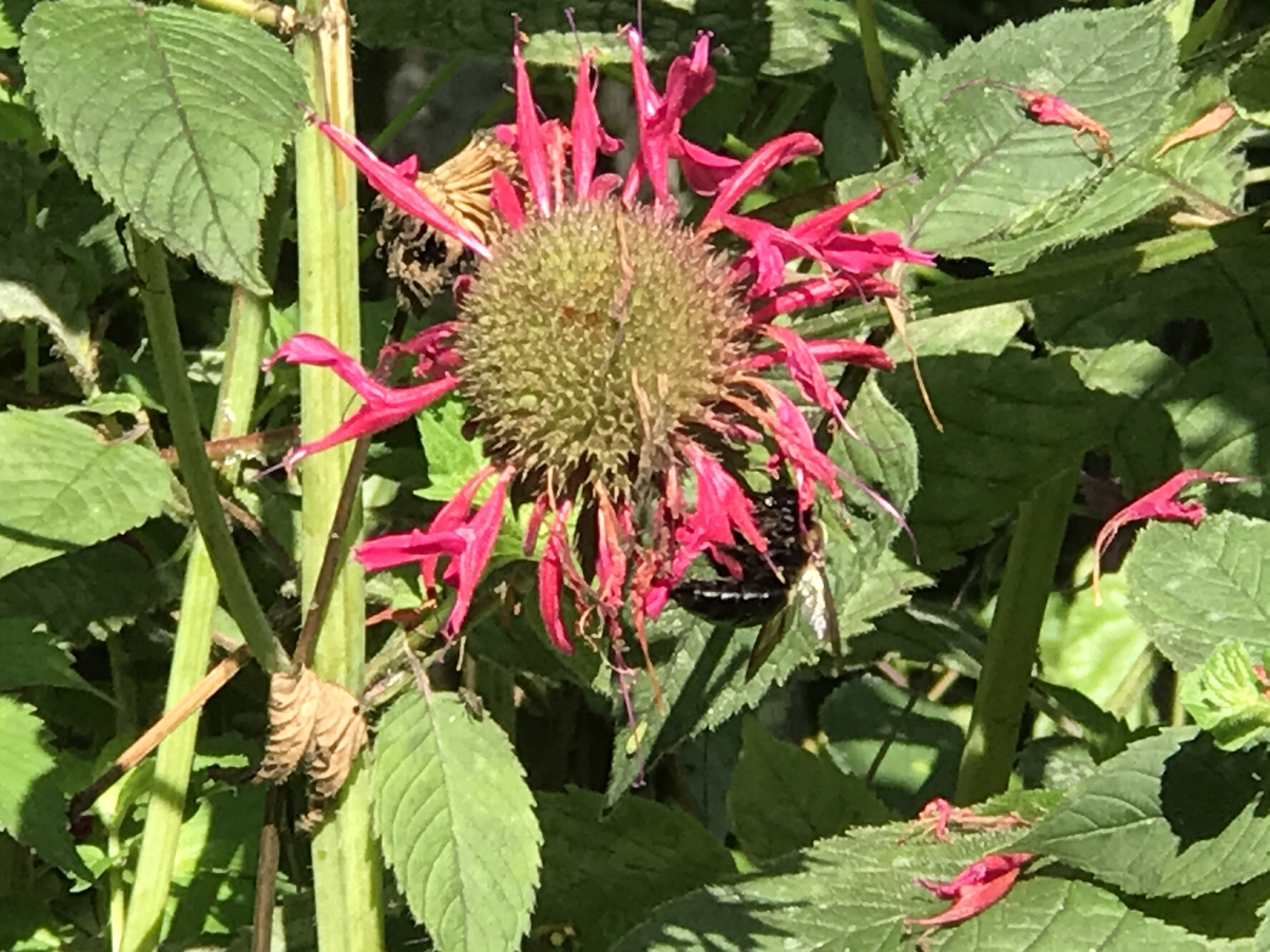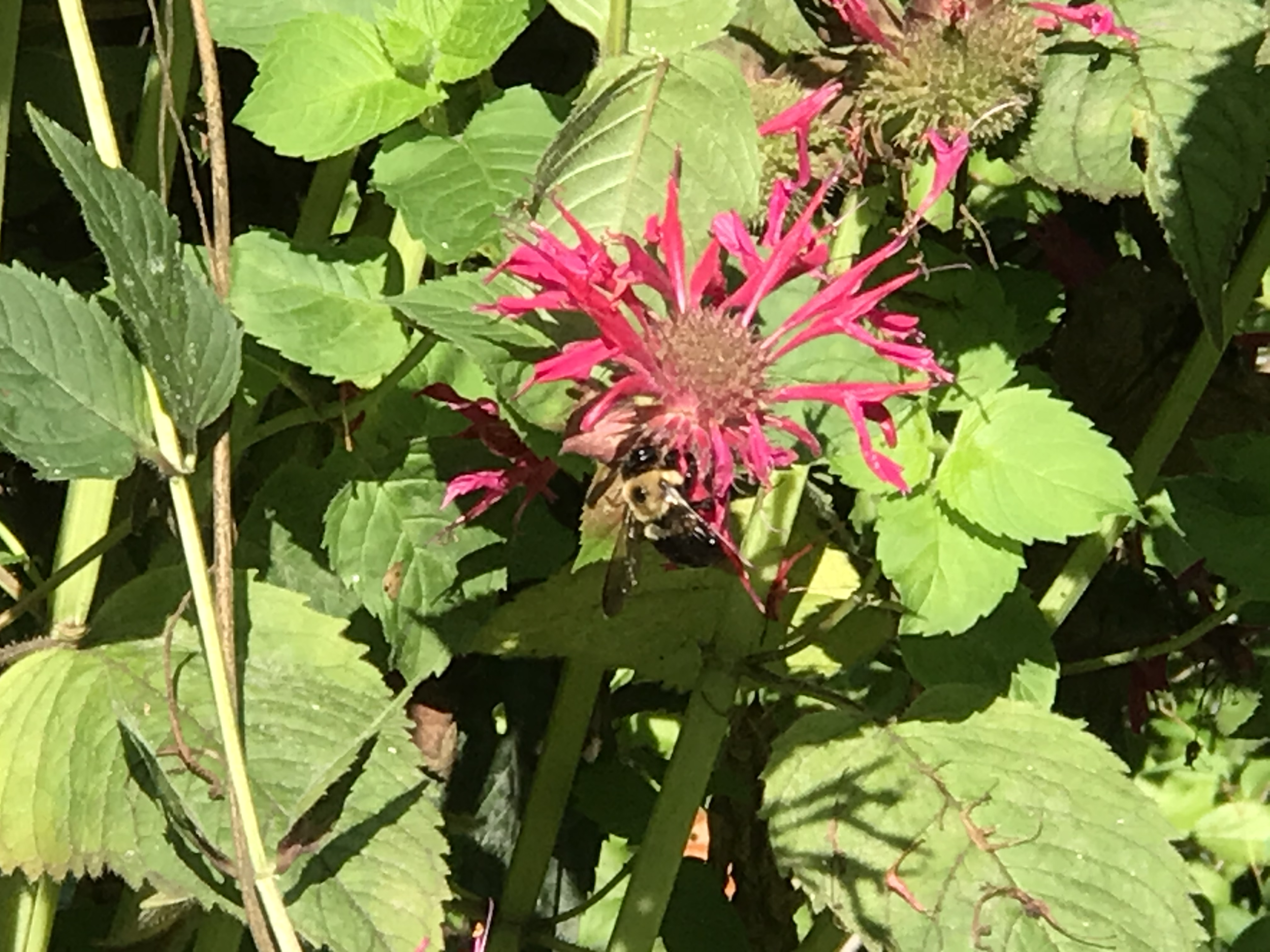Field of Flowers: Build It and They Will Come
April 6, 2020
A dream - to create pollinator habitat and save the bees! The global decline in the bee population poses a serious threat to our food supply. Quite simply, bees pollinate and pollination is critical to agricultural food production but often when most think of bees, the honey bee comes to mind. In 2015, the Obama administration initiated a plan to work on the decline of pollinator habitat, The National Strategy to Promote the Health of Honey Bees and Other Pollinators. Typically, the Honey Bee gets all the attention. There are 4,000 species of native bees, not to mention butterflies, birds, and bats and they are all efficient pollinators and need much less human interaction to do their jobs than honey bees. While I am going to share a story about honey bees, if you stay tuned, we will learn more about the natives.
Bees are declining for a variety of reasons: intensive farming, mono-culture crops, extensive use of agricultural chemicals, higher temperatures associated with climate change and loss of habitat. When I set out to create a pollinator habitat in my yard, I wasn't prepared for what came next. The pandemic has brought many changes to our world. As my work slowed down, my yard work revved up. One day in mid April, while planting vegetables in raised beds, I heard buzzing overhead and noticed bees around my roof line. I called my bee guy (everyone should have a bee guy on speed dial) - Paul Tabor. Paul knows more about bees than anyone I know. I have come to know Paul while working with the Pioneer Pollinators at Heritage High School (student beekeepers). That evening he arrived with his pick up truck equipped with all the bee paraphernalia one could ever need to embrace or battle these little insects. He quickly established that these bees I saw were scouts looking for a place to build a hive so Paul provided one-- a swarm trap. He actually provided 2. One was placed on the north face of the house near where they were buzzing in hopes of luring them away from my house. Apparently if bees set up shop in one's house it can be a mess and very difficult to clear out. The second trap he put on the south side of the house, nearer to my new pollinator garden. I had the perfect vantage point to watch from my kitchen window, and within two days, the bees had moved in.
April 10, 2020
Paul returned four days later with his netting on and his smoker lit. I stood nearby, no protection, only armed with my iPhone to get some pictures. It is amazing how the smoker acts like bee Ativan, just chillin 'em out. He slowly lifted the lid of the trap and then checked each frame for evidence of the growing colony. In 1810, Lorenzo Lorrain Langstroth, a pastor and known by many today as the “father of modern beekeeping”, developed these hanging wooden frames that provide the perfect place for the bees to build their honeycomb. The distance between hanging frames is about ⅜ inch, just enough room for the bees to move about and build a comb and yet still allow the frames to be removed to check on the bees and harvest honey. Paul and I were both delighted to see new honey comb and hundreds, if not thousands of bees - just in a couple of days!
April 17, 2020
Over the next week I watched bee activity outside my kitchen window grow. Paul came to check on the hive and then decided he wanted to "grow some queens". He came back with his smoking tin can and opened up the lid of the hive and found the queen, he called Queen Joy. Queens are not hard to identify. They are larger than the worker bees and have a big rear end (their abdomen). I took no offense when the big butted queen was named after me. He captured her in a little plastic cage and used a marker and painted her abdomen with a blue dot so that we could track her future movement. Then he moved her frame, with hundreds of her adoring fan worker bees, into one side of the hive and then put a divider in between her and other bees in the hive. There were multiple entrance and exit points from the hive and this divider essentially created 2 apartments with separate doors to the outside. He said "it will take them about 3 hours to recognize that she is gone and then they will grow new queens".
April 29, 2020
He came back 12 days later and found 5 queen cells had been constructed. These look like peanut structures that hang down from the honeycomb. Paul harvested them by cutting the queen cells out of the comb and placed them in various queen castles all around town to spread diversity of genetic material to make local hives stronger. One went to Randolph College, one went to the Heritage High School Pioneer Pollinators, one went to ZomBee Land (Heritage HS grad beekeepers), and the last two went to local backyard hives.
May 25, 2020
When families grow and space gets tight, it is time to move. While my north facing hive was hopping, my swarm trap on the south side of the house had been vacant for the last 6 weeks. I guess scouts saw the vacancy sign. Once again, while working in the garden, I had a new swarm! It was time to speed dial Paul again for a second consultation. He arrived again to open the hive and found a new colony with a new queen.
May 25, 2020 continued
I saw a gleam in Paul's eye. He began to look around my yard and was quiet, thinking....thinking. He himself was the one scouting this time. He was looking all around the yard for a more permanent hive location and clearly envisioned me as a budding beekeeper. While I loved having my spring tenants and said I would be happy to provide a summer home for the bees, I couldn't envision getting a bee suit and veil and doing all the important work to properly care for a hive through the winter. Fortunately, Paul did not see the perfect place. I live mostly in woods and he was looking for a sunny spot and the only sun in my yard is right next to the house where the bees had landed. It was next to a walking path around the house and Paul knew it was not ideal for long term residence. After much discussion, deliberation, and probably disappointment on Paul's part, when he realized, I was not going to be a bee disciple, he decided the best place for the beehive was Heritage High School with the Pioneer Pollinator Project.
June 8, 2020
My original swarm was still active and I knew I needed to find them a home too. Lynchburg is an amazing place with amazing people. Put the word out and bee keepers come to the rescue. Susan and Bert Zajac were old neighbors of mine and I heard they were beekeepers too. I felt like I had troubled Paul enough so I called Susan and Bert. They have a side business of beekeeping on farm properties and provide bees for pollination while in turn harvesting honey to sell. They came over and were willing to relocate the hive to just such a farm in need of bees.
I don't think I have what it takes to care for honey bees but I certainly have proven that I have what it takes to feed bees. My yard is planted to provide food from spring to fall with pollinating shrubs, trees and flowers. I have learned the importance of pollinators and now see a tremendous variety of native bees in my yard as well as my honey bee spring time visitors. Most bee species take only a little effort to insure their success and we all can be a part of restoring native bee habitat by planting native plants and eliminating the use of dangerous chemicals in our gardens.
Native Pollinators in the Central Virginia Planning District

